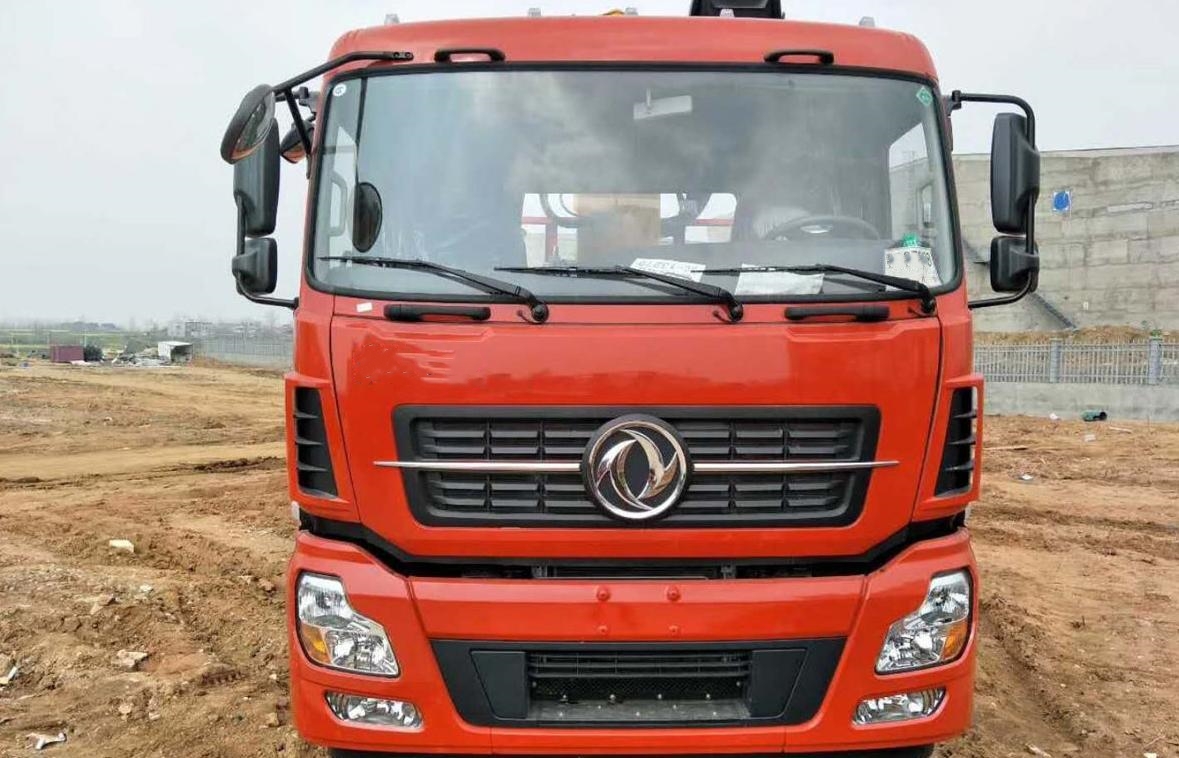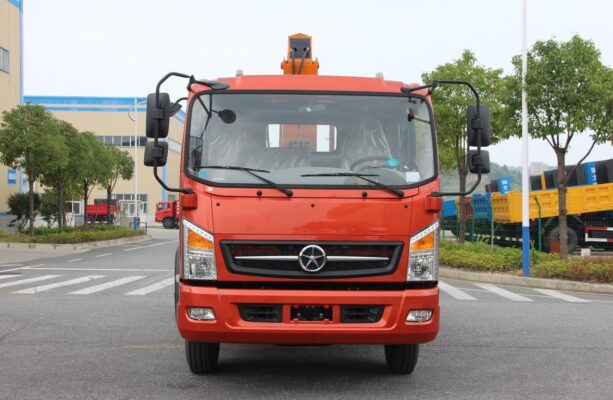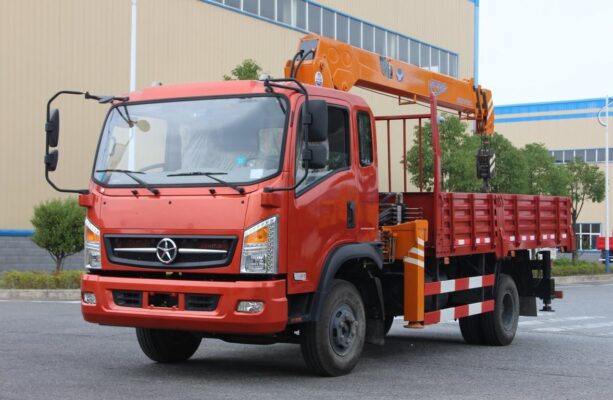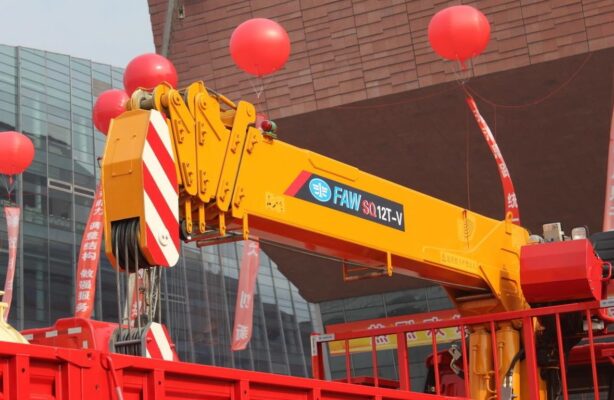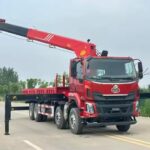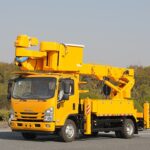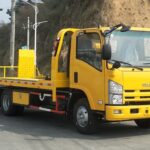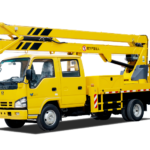In cantilever cranes, efficient power transmission is crucial for optimal performance and reliability. One effective method for achieving this is through the use of hydraulic couplers, which utilize hydraulic oil for power transmission between two impellers that are not mechanically linked. This article delves into the structure and functioning of hydraulic couplers, highlighting their importance in cantilever crane operations.
Structure of the Hydraulic Coupler
The hydraulic coupler is comprised of two main components: the pump wheel and the turbine. These components work in conjunction within a sealed housing filled with hydraulic oil. Here are the key structural elements:
- Pump Wheel: Also known as the driving impeller, the pump wheel is directly connected to the engine crankshaft. It consists of a series of semi-circular blades arranged radially around its circumference.
- Turbine: This component, referred to as the driven impeller, features a similar radial arrangement of blades that are designed to interact with the fluid propelled by the pump wheel.
- Housing: The housing encloses both the pump wheel and turbine, providing a sealed environment that contains the hydraulic oil. This design ensures that the hydraulic system remains protected from external contaminants.
- Gap Between Impellers: A critical feature of the hydraulic coupler is the small gap of 3mm to 4mm that separates the pump wheel and turbine. This gap allows for the passage of hydraulic oil while preventing direct mechanical contact between the impellers.
Working Principle of the Hydraulic Coupler
The operation of the hydraulic coupler is based on the principles of fluid dynamics and centrifugal force. Here’s a step-by-step breakdown of how power is transmitted:
- Rotation of the Pump Wheel: When the engine crankshaft turns, it drives the pump wheel. The rotation generates centrifugal force, causing the hydraulic oil within the housing to be flung outward.
- Oil Movement: As the blades of the pump wheel rotate, they propel the hydraulic oil towards the edges of the impeller. This movement is crucial for transferring energy from the pump wheel to the turbine.
- Impact on the Turbine: The oil that is flung outward strikes the blades of the turbine. This impact causes the turbine to begin rotating in the same direction as the pump wheel. The design of the turbine blades is optimized to maximize the efficiency of this energy transfer.
- Return Flow of Oil: After striking the turbine blades, the hydraulic oil flows into the inner edge of the turbine and returns to the pump wheel’s inner edge. This continuous cycle ensures that the energy transfer remains consistent and efficient.
- Inertia and Continuous Operation: The inertia of the rotating system helps maintain the flow of oil, allowing for a seamless transition of power from the pump wheel to the turbine. This design minimizes energy losses and enhances the overall efficiency of the power transmission process.
Advantages of Using Hydraulic Couplers
The implementation of hydraulic couplers in cantilever cranes offers several advantages:
- Smooth Operation: The hydraulic transmission method provides a smooth transfer of power, reducing vibrations and mechanical shock that can occur with mechanical couplings.
- Overload Protection: Hydraulic couplers inherently offer a degree of overload protection. If the load exceeds certain limits, the fluid can slip within the system, preventing damage to the crane‘s mechanical components.
- Maintenance-Free: Since the impellers do not make direct contact, wear and tear are significantly reduced. This characteristic leads to lower maintenance requirements and longer operational life for the hydraulic coupler.
- Versatility: Hydraulic couplers can adapt to various load conditions without the need for manual adjustments. This flexibility is particularly beneficial in dynamic environments where load conditions may frequently change.
- Compact Design: The compact nature of hydraulic couplers allows for easier integration into the overall crane design, optimizing space and reducing weight without compromising performance.
Applications in Cantilever Cranes
In cantilever cranes, hydraulic couplers play a vital role in enhancing operational efficiency and safety. They are particularly useful in scenarios that require:
- Heavy Lifting: Hydraulic couplers can efficiently manage the power demands of heavy lifting applications, providing the necessary torque to handle substantial loads.
- Variable Load Conditions: The ability of hydraulic systems to adjust to varying load conditions makes them ideal for cranes that are frequently engaged in lifting and lowering operations.
- Precision Control: The smooth operation of hydraulic couplers allows for precise control of lifting movements, enhancing the accuracy of crane operations.
- Safety Features: The overload protection inherent in hydraulic couplers contributes to the overall safety of crane operations, reducing the risk of accidents caused by equipment failure.
Conclusion
The power transmission method using hydraulic couplers in cantilever cranes represents a sophisticated approach to enhancing crane performance. By utilizing hydraulic oil for transmission, these systems offer smooth operation, increased efficiency, and reduced maintenance requirements. The design and functioning of hydraulic couplers not only improve the operational capabilities of cantilever cranes but also contribute to safer and more reliable lifting operations. As the demand for efficient lifting solutions continues to grow, hydraulic couplers will remain an essential component in the advancement of crane technology.

